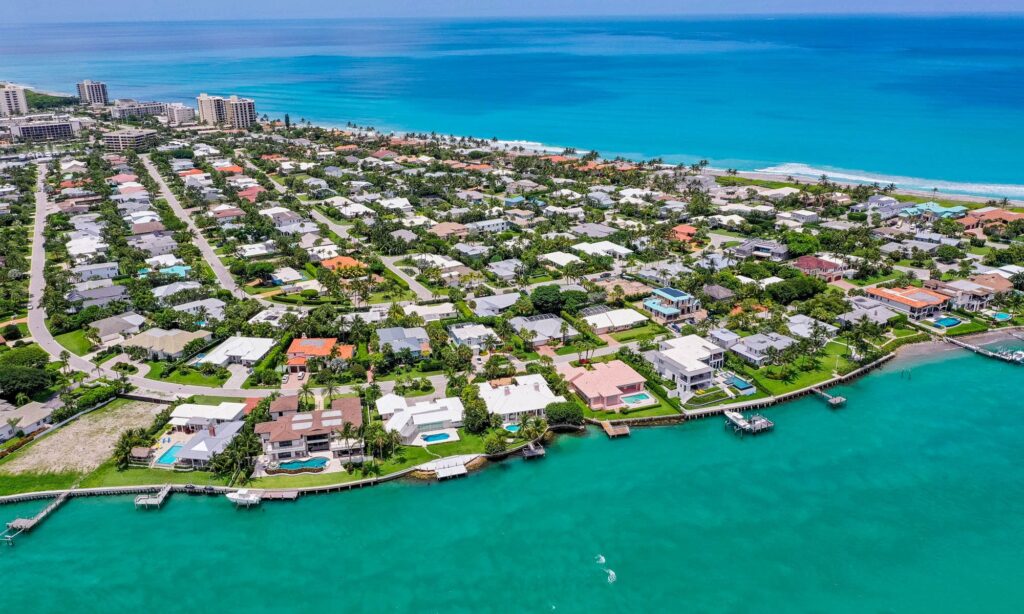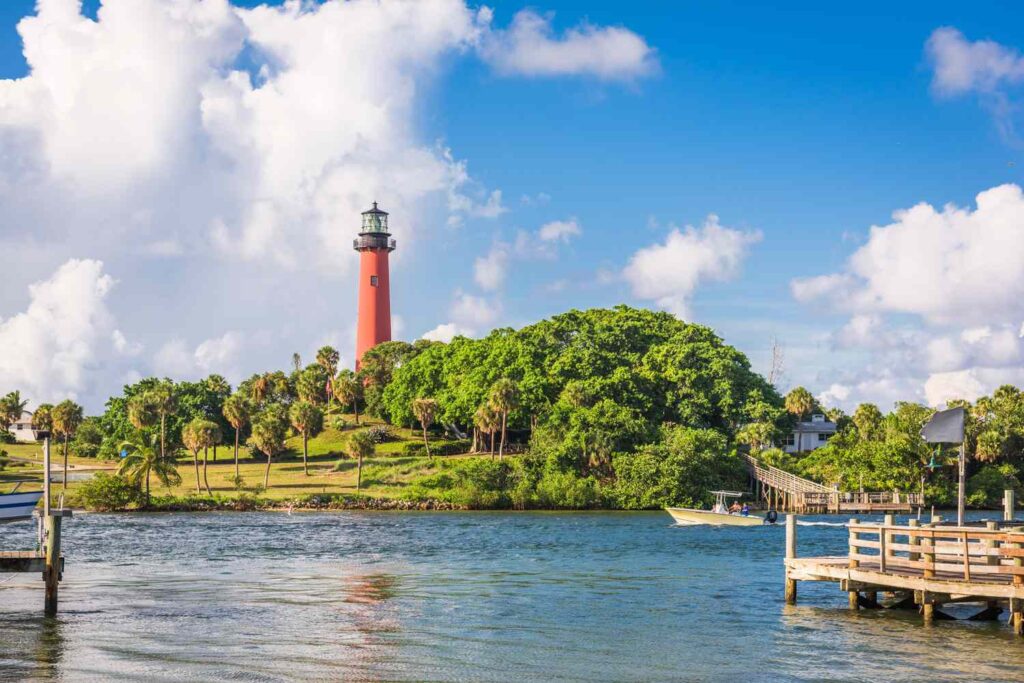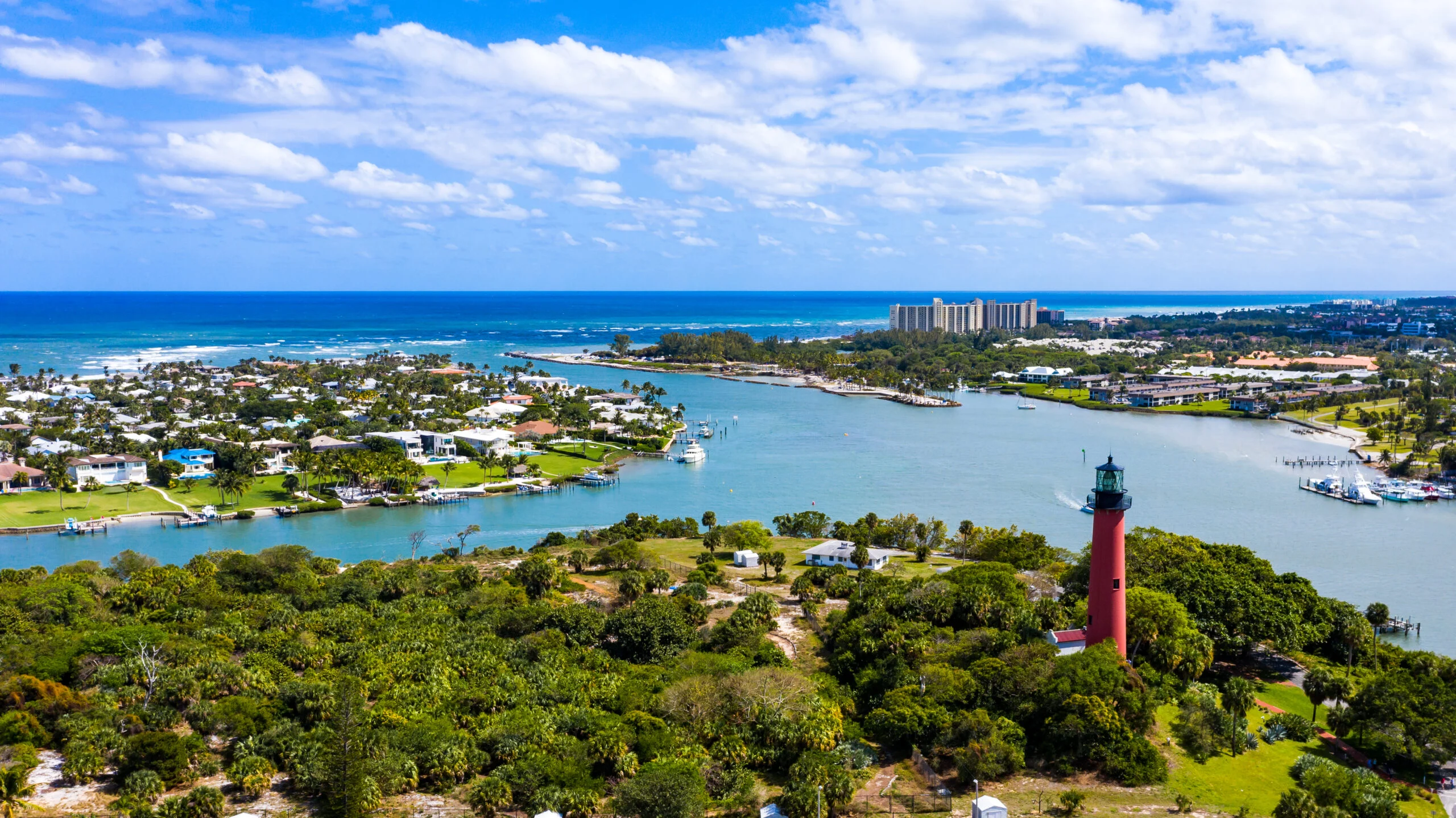Creating a Virtual Tour to Market Your Rental Property: A Comprehensive Guide
Introduction to Virtual Tours in Real Estate
In today’s competitive real estate market, offering a virtual tour of your rental property has become an essential tool for attracting potential tenants. With the advancement of technology, virtual tours provide an immersive and interactive experience for viewers, allowing them to explore your property remotely at any time, from anywhere. This is especially crucial in the current climate where many renters are searching for homes online before even stepping foot inside a property.
A well-executed virtual tour can significantly enhance your property’s visibility, improve engagement, and increase the chances of attracting serious tenants. This guide aims to walk you through the process of creating a professional, high-quality virtual tour that will help you market your rental property effectively.
Why Virtual Tours are Essential for Marketing Rental Properties
Virtual tours offer numerous advantages when it comes to marketing rental properties. Traditional methods such as photographs and written descriptions often fail to convey the true essence of a property. A virtual tour, however, allows potential renters to get a feel for the layout, design, and features of a property as though they were physically present. Here are a few key reasons why virtual tours are essential for marketing rental properties:
Increased Reach and Convenience: Virtual tours allow potential tenants to explore your property at their own pace and on their schedule, offering a level of flexibility that traditional in-person showings cannot match. This is especially beneficial for busy professionals or out-of-town renters.
Better Engagement: Virtual tours provide a more engaging experience than static images or video clips. Renters can click through different areas of the property, zoom in on features, and even get a better sense of the flow between rooms.
Attract More Serious Tenants: By offering a virtual tour, you’re more likely to attract tenants who are genuinely interested in your property, as they can see it in detail without committing to an in-person showing first. This saves both you and the potential renters time.
Reduced No-Shows: One common challenge with in-person showings is the likelihood of no-shows. Virtual tours allow tenants to preview your rental anytime, reducing the number of cancellations or last-minute changes.
Enhanced Trust and Transparency: Virtual tours give renters a comprehensive look at the property, building trust and confidence. When renters can see every corner of the property before making a decision, they feel more informed and secure in their choice.
Understanding the Basics of Virtual Tours
Before diving into the process of creating your own virtual tour, it’s important to understand the different types of virtual tours available and their unique features. The main types are:
- 360-Degree Virtual Tours
- Walkthrough Videos
- 3D Model Tours
- Interactive Floor Plans
Each type of virtual tour has its own set of advantages and best-use scenarios, so it’s essential to choose the right one based on your property and marketing goals.
360-Degree Virtual Tours
360-degree virtual tours are among the most common and effective options for rental property marketing. These tours capture panoramic images of each room and allow users to click and drag to look around the space. This type of tour gives viewers an almost real-life experience, offering a comprehensive view of the property without them needing to be physically present.
- Best Use Case: 360-degree tours work best for properties with a well-defined layout that renters will appreciate experiencing in its entirety. It’s also ideal for properties that have unique features such as large windows, spacious rooms, or scenic views.
Walkthrough Videos
A walkthrough video is a traditional method of showcasing a property, but when done well, it can still be highly effective. These videos provide a guided tour of the property and can be recorded using a smartphone, a professional camera, or a gimbal for smooth movement.
- Best Use Case: Walkthrough videos are particularly useful when showcasing properties with complicated layouts or when you want to highlight the flow of the space. They can also serve as a quick and simple introduction to the property before diving into a more immersive 360-degree tour.
3D Model Tours
3D model tours are more sophisticated than 360-degree tours. These tours use specialized software to create an interactive 3D model of the property, allowing viewers to click and navigate between rooms and even see measurements of spaces. It gives a fully immersive and detailed experience.
- Best Use Case: 3D model tours are great for high-end or luxury rental properties where every detail counts. They are particularly useful when you want to highlight specific architectural features or show a floor plan with precise measurements.
Interactive Floor Plans
Interactive floor plans combine static floor plans with virtual tours, providing a clickable map of the property. Users can click on rooms in the floor plan to access detailed views of each space.
- Best Use Case: Interactive floor plans are ideal for larger properties with multiple levels or complex layouts, as they provide a clear, easy-to-follow way for potential tenants to explore different rooms and areas.
Key Equipment and Tools Needed for Creating Virtual Tours
Creating a virtual tour requires specific equipment and software to ensure high-quality results. Fortunately, there are several options available to suit different budgets and expertise levels. Here’s an overview of the key tools and equipment you’ll need:
Cameras and Photography Equipment
While you can create a simple virtual tour using a smartphone, professional-grade cameras can offer a much higher-quality experience. When selecting a camera for your virtual tour, it’s important to consider the resolution, lens, and ease of use.
360-Degree Cameras: Cameras like the Ricoh Theta Z1 or the GoPro Max are popular choices for capturing 360-degree images. These cameras allow you to capture entire rooms in one shot, providing a seamless and immersive experience for users.
DSLR Cameras: If you’re opting for traditional photography or walkthrough videos, a DSLR camera with a wide-angle lens is a great choice. A tripod and a stabilizer (like a gimbal) are essential for smooth footage.
Software for Editing and Hosting Virtual Tours
Once you’ve captured the footage for your virtual tour, you’ll need to use software to edit and host the tour. There are several virtual tour creation platforms available, each with its own set of features and tools.
Matterport: Matterport is one of the leading platforms for creating 3D model tours. It offers both high-quality camera equipment and an easy-to-use interface for uploading and editing tours.
Kuula: Kuula is an affordable option for creating and sharing 360-degree virtual tours. It offers a user-friendly interface and a wide range of customization options.
EyeSpy360: EyeSpy360 is another popular platform for creating and hosting 360-degree virtual tours. It features an intuitive interface and allows for easy integration with other property listing platforms.
iStaging: iStaging is a versatile app that allows you to create interactive 360-degree tours using your smartphone or tablet. It’s a good choice for DIY virtual tours on a budget.
Hosting Platforms
To share your virtual tour with potential renters, you’ll need a platform to host it. Many virtual tour platforms also offer hosting services, but you can also embed your tour on your own website or share it via social media.
Real Estate Listing Sites: Many real estate listing platforms, such as Zillow or Realtor.com, support virtual tour integration. This can help boost visibility when your property is listed.
YouTube: If you’ve created a walkthrough video or even a 360-degree video, YouTube is an excellent platform for sharing it with a wider audience.
Best Practices for Creating High-Quality Virtual Tours
Creating a high-quality virtual tour requires more than just the right equipment. To ensure that your tour stands out and effectively markets your property, here are some best practices to follow:
Plan the Layout and Flow: Think about the layout of the property and how the viewer will navigate through it. A logical flow will make it easier for potential tenants to get a full sense of the space.
Stage the Property: Before filming, make sure the property is clean and well-staged. This includes decluttering rooms, adjusting furniture, and ensuring that lighting is optimal.
Use Proper Lighting: Lighting plays a crucial role in virtual tours. Ensure that each room is well-lit and avoid filming in low-light conditions. Natural light is ideal, but additional lighting can be added to brighten up darker spaces.
Shoot in High Resolution: The higher the resolution, the better the virtual tour will look. Use the highest possible resolution your equipment allows, as blurry or pixelated images can turn off potential renters.
Highlight Key Features: Make sure to highlight the property’s best features, whether it’s a spacious kitchen, a luxurious bathroom, or a stunning view. These features should be clearly visible in the virtual tour.

Get a Free Rental Analysis
Want to know how much your home will rent for? We’ll send you a free rental report!
Preparing Your Rental Property for the Virtual Tour
Before you start capturing images or videos for your virtual tour, it’s essential to prepare your rental property. How your property looks in the virtual tour can significantly impact the perception of potential tenants. A well-prepared property will make your virtual tour more attractive and ensure the best possible representation of your space.
Declutter and Clean the Space
A cluttered or dirty space can detract from the overall appeal of your rental property. To ensure your property looks its best:
- Clear Surfaces: Remove unnecessary items from countertops, tables, and shelves to give the space a neat and spacious appearance.
- Organize Furniture: Arrange furniture in a way that showcases the flow of the room. Ensure that there is enough space for the camera to capture the full layout.
- Clean Thoroughly: Perform a deep clean to ensure that surfaces are spotless, floors are polished, and windows are streak-free. Clean spaces look more inviting and give the impression of well-maintained properties.
Stage the Property
Staging your property before capturing the virtual tour is one of the most effective ways to make it look more appealing. Staging doesn’t necessarily mean expensive furniture; it’s about showcasing the potential of each room:
- Add Simple Decorations: Small touches like fresh flowers, cushions, and rugs can make a big difference. However, avoid over-staging, as you want renters to visualize themselves in the space.
- Highlight the Best Features: Position furniture and accessories to highlight the best features of the property, such as a fireplace, large windows, or unique architectural details.
- Neutral and Warm Colors: Opt for neutral and warm colors in the staging process. Bold, overly personal decor can distract from the space itself.
Optimize Lighting
Good lighting is one of the most important elements in creating an effective virtual tour. Lighting not only impacts the quality of the images or videos, but it also sets the mood for the space. Here are some tips for optimizing lighting:
- Natural Light: Whenever possible, use natural light. Open curtains or blinds to let in as much light as possible during the day.
- Avoid Overhead Lights: Overhead lights can create harsh shadows and unflattering highlights. Use lamps or floor lights strategically to create a more inviting atmosphere.
- Position the Camera Properly: Make sure the camera is not facing directly into a light source, as this can cause glare and affect the quality of the images.
Capturing the Virtual Tour: Techniques and Tips
Once your property is prepared and staged, it’s time to capture the virtual tour. The quality of the virtual tour largely depends on how well you capture the footage. Below are the best techniques to help you create a professional and engaging tour.
360-Degree Photography
360-degree photography is one of the most popular methods for creating virtual tours. This method involves capturing a panoramic image of the room, allowing the viewer to interact and explore the space in all directions. Here are a few tips for capturing great 360-degree photos:
- Use a Tripod: A tripod ensures stability and consistency in your shots. If you’re using a 360-degree camera like the Ricoh Theta Z1 or GoPro Max, a tripod is crucial for keeping the camera steady and level.
- Capture Multiple Angles: To create a seamless tour, capture images from multiple angles within each room. This allows the viewer to move freely within the space, providing a complete experience.
- Take Overlapping Shots: When capturing images of larger rooms or open spaces, make sure to overlap your shots slightly. This will ensure that the software can stitch the images together seamlessly.
Video Walkthroughs
Walkthrough videos are another great way to showcase your rental property. These videos give potential tenants a dynamic, real-time look at the space. Below are some best practices for creating a successful walkthrough video:
- Use a Stabilizer: When filming a walkthrough, shaky footage can be distracting and disorienting. A gimbal or stabilizer will help you capture smooth, steady shots while walking through the property.
- Focus on Transitions: Show how the rooms flow from one to another. A well-paced walkthrough will guide viewers through the space in a natural progression. Avoid rushing through rooms—give each space time to be appreciated.
- Include Close-ups of Key Features: While it’s important to show the layout, be sure to zoom in on standout features, such as high-end appliances, custom cabinetry, or other attractive elements of the property.
Take Advantage of Natural Light
Both 360-degree photos and walkthrough videos benefit from natural lighting, which provides a soft and inviting atmosphere. However, if you’re capturing the property during evening hours, consider supplementing with additional lighting to maintain the clarity and vibrancy of the images or video.
- Golden Hour: The best time to capture natural light is during the golden hour—the period shortly after sunrise and just before sunset. This lighting creates a warm, inviting glow that enhances the look of your space.
Show the Entire Space
When capturing footage for your virtual tour, it’s important to show every part of the rental property. Don’t leave out any rooms, no matter how small they are. Renters want to see everything before making a decision.
- Capture the Entryway: Start the virtual tour at the entryway to give potential tenants a clear idea of how they’ll enter the property.
- Highlight the Outdoors: If your rental property has an outdoor space, such as a garden, balcony, or patio, be sure to include it in the virtual tour. Outdoor spaces are a major selling point for many renters.
- Showcase Storage Spaces: Potential tenants are always interested in storage spaces, so include closets, attics, basements, or garages in the tour. Be sure to open and show these areas.
Using Virtual Tour Software and Tools
Now that you’ve captured your footage, it’s time to put everything together using virtual tour software. The right software can help you create a polished, professional tour that’s easy for renters to navigate. Below are some tools and platforms to consider.
Matterport
Matterport is a leading platform for creating 3D virtual tours. It allows you to capture high-quality 3D images of your property and create a fully interactive virtual tour. Matterport’s software allows you to upload, edit, and share your tour with ease.
- Features: Matterport provides an all-in-one solution for creating immersive 3D tours. It supports high-quality panoramic images, and you can add labels and tags to highlight specific features.
- Best For: Luxury or high-end properties where you want to showcase every detail in 3D.
Kuula
Kuula is a user-friendly platform that lets you create and share 360-degree virtual tours. It’s an affordable solution for rental property owners who want a professional-looking tour without a significant investment.
- Features: Kuula allows you to upload 360-degree images and create interactive tours. It also offers features like virtual staging and the ability to customize the tour with logos and branding.
- Best For: Renters who want an easy-to-use and cost-effective solution for creating virtual tours.
iStaging
iStaging is another excellent tool for creating interactive 360-degree virtual tours. This platform is ideal for smaller rental properties or DIY creators who want to produce virtual tours on a budget.
- Features: iStaging allows you to create virtual tours using your smartphone or tablet. The platform includes features like interactive hotspots and floor plan integration.
- Best For: Budget-conscious property owners or those just starting to experiment with virtual tours.
EyeSpy360
EyeSpy360 is a simple, web-based platform that enables you to create and share 360-degree virtual tours. It offers affordable pricing and an easy-to-use interface for both beginners and experienced users.
- Features: EyeSpy360 offers customizable features like floor plans, VR compatibility, and embedding options for websites and social media.
- Best For: Those looking for a low-cost, no-fuss solution for creating virtual tours.

Sharing and Promoting Your Virtual Tour
After creating your virtual tour, the next step is to share and promote it effectively to attract potential renters. Marketing your virtual tour is essential to ensure it reaches your target audience. Here are some strategies for effectively promoting your rental property’s virtual tour.
Embed the Virtual Tour on Your Website
If you have a website for your rental property or business, embedding the virtual tour is one of the most effective ways to make it accessible to interested renters.
- Seamless Integration: Embed the virtual tour directly into the listing page so that potential tenants can easily access it without navigating away from the page. Make sure the tour is front and center to encourage engagement.
- Highlight the Virtual Tour: Use prominent calls to action (CTAs) such as “Take a Virtual Tour” or “Explore the Property” to encourage website visitors to interact with the tour.
Utilize Social Media to Showcase the Virtual Tour
Social media platforms are excellent channels for reaching a wide audience and engaging with potential renters. Here’s how to maximize your social media marketing efforts:
- Create Engaging Posts: Post snippets or short clips of your virtual tour on platforms like Instagram, Facebook, and TikTok to grab attention. Use captions like “Take a tour of this stunning property from the comfort of your home!”
- Use Hashtags: Include relevant hashtags such as #RentalProperty, #VirtualTour, #RealEstate, or location-specific tags like #PalmBeachRentals to increase visibility.
- Promote in Stories and Highlights: On Instagram and Facebook, use the stories feature to share sneak peeks of the virtual tour. You can also save the virtual tour in your highlights for easy access by followers.
Include the Virtual Tour in Email Marketing Campaigns
Email marketing is a powerful tool for keeping your audience engaged and informed. If you have an existing mailing list or email subscribers, make sure to incorporate the virtual tour in your campaigns.
- Send Targeted Emails: Reach out to potential tenants who have shown interest in your property by sending them a direct email link to the virtual tour. Include a short description of the property and a CTA inviting them to explore the space.
- Regular Updates: If you have multiple properties or are marketing a new one, consider sending regular updates featuring virtual tours to keep subscribers engaged with your listings.
Leverage Online Rental Platforms
There are several online platforms designed specifically for property rental listings that can help you get more eyes on your virtual tour. Many platforms allow you to embed or link to your virtual tour directly within your listing.
- Airbnb, Zillow, or Realtor.com: If your property is listed on popular rental platforms such as Airbnb, Zillow, or Realtor.com, take advantage of their features to upload the virtual tour or include a link to it in the description. A virtual tour can make your listing stand out from the competition and attract more renters.
- Include the Virtual Tour in Listings: Some online platforms allow you to upload videos and 360-degree images. Ensure that your virtual tour is added to these listings to provide a comprehensive view of your property.
Utilize Paid Advertising to Expand Reach
Paid advertising is another effective way to promote your rental property’s virtual tour. While organic promotion on social media and your website is important, paid ads can help you reach a more targeted audience and increase visibility.
- Facebook and Instagram Ads: Run targeted ads on Facebook and Instagram that feature your virtual tour. You can target specific demographics, interests, and geographic locations to attract renters who are most likely to be interested in your property.
- Google Ads: Run pay-per-click (PPC) campaigns on Google Ads to drive traffic to your website or listing page. Use keywords related to rental properties, virtual tours, and your location to target the right audience.
Collaborate with Local Realtors
If you’re managing multiple rental properties or looking to rent out a particular space, partnering with local real estate agents or agencies can help promote your virtual tour to a broader audience.
- Real Estate Websites: Local realtors often have a strong online presence. By collaborating with a realtor, you can gain access to their website or marketing platforms to promote your property’s virtual tour.
- Agent Referrals: Provide local agents with links to your virtual tour, so they can send them to potential clients. A well-organized virtual tour can make it easier for realtors to promote your property without needing to arrange in-person viewings.
Analyzing the Success of Your Virtual Tour
Once you’ve launched your virtual tour and started promoting it, it’s crucial to track its performance and analyze its success. By measuring key metrics, you can assess the effectiveness of your marketing efforts and make improvements where necessary.
Track User Engagement
One of the most important metrics to measure is user engagement. This will tell you how well renters are interacting with your virtual tour.
- Time Spent on Tour: Monitor how much time users spend viewing the tour. If they’re spending a significant amount of time exploring the space, it’s a good indication that the tour is effective in holding their attention.
- Clicks and Interactions: Track the number of clicks or interactions with specific areas of the tour. Are users focusing on certain rooms or features? This information can help you understand what renters find most appealing about your property.
- Heatmaps: Some virtual tour platforms offer heatmaps, which show which areas of the tour are getting the most attention. This can help you identify popular areas and features, allowing you to highlight them even more.
Conversion Rates
The ultimate goal of your virtual tour is to convert potential renters into actual tenants. Therefore, tracking the conversion rates is essential to evaluate the tour’s effectiveness.
- Lead Generation: Track how many people who viewed your virtual tour then inquire about the property or schedule an in-person showing. This can help you assess whether the virtual tour is helping to generate leads.
- Rental Applications: If the virtual tour leads to more rental applications, it’s a sign that the tour is resonating with potential tenants and providing them with the information they need to make a decision.
Make Improvements Based on Data
Use the data you collect to continually improve your virtual tour. If users are skipping certain parts of the tour or not spending as much time in specific areas, it may be worth revisiting those sections and improving how they’re presented.
- Adjust the Tour’s Pace: If users tend to skip large sections of the tour, consider adjusting the pacing or adding more engaging content to those sections.
- Update the Tour Regularly: If any changes are made to the property, such as renovations or new furnishings, update the virtual tour to reflect these changes. Keeping the virtual tour up to date ensures that it remains an accurate representation of the space.
Common Challenges and How to Overcome Them
While creating a virtual tour for your rental property is a great marketing tool, there are some challenges that may arise during the process. Here are some common hurdles and solutions:
Technical Difficulties with Virtual Tour Software
One of the most common challenges property owners face when creating a virtual tour is technical difficulties with virtual tour software. Whether it’s issues with capturing images or uploading videos, technology can sometimes be a roadblock.
- Solution: Choose user-friendly software or hire a professional to create the virtual tour for you if you lack the technical expertise. Additionally, many virtual tour platforms offer customer support and tutorials that can guide you through the process.
Ensuring High-Quality Visuals
High-quality visuals are essential to creating a successful virtual tour. However, capturing great footage requires proper equipment and expertise. Poor lighting, shaky footage, or blurry images can negatively impact the viewer’s experience.
- Solution: Invest in high-quality cameras and use stabilization equipment for video walkthroughs. You can also hire professional photographers or videographers if you’re not confident in your ability to capture the space effectively.
Standing Out in a Competitive Market
The real estate rental market is competitive, especially in areas with high demand. If there are many similar listings, it can be difficult for your virtual tour to stand out.
- Solution: Focus on unique features that make your property special. Highlight its best aspects, whether that’s a modern kitchen, expansive backyard, or great location. Don’t forget to showcase the neighborhood’s amenities, as these can be a significant draw for potential tenants.
By effectively creating, promoting, and analyzing your virtual tour, you can increase the visibility of your rental property and provide an immersive, convenient experience for potential tenants. Virtual tours not only save time but also give renters the confidence they need to make a decision, ultimately leading to higher conversion rates and more successful property rentals.
Suggested Relevant Links:
How Strategic Marketing Can Reduce Vacancies in Jupiter Rentals
Frequently Asked Questions (FAQ) about Creating a Virtual Tour to Market Your Rental Property
1. What is a virtual tour and why should I use one?
A virtual tour allows potential renters to explore a property remotely through 360-degree images or videos. It’s a convenient way to showcase your rental and attract a wider audience, saving time for both you and your tenants.
2. What equipment do I need?
You’ll need a 360-degree camera or a regular camera, tripod, and possibly lighting equipment. Editing software or professional help can further enhance the final product.
3. How long does it take to create a virtual tour?
It can take anywhere from a few hours for smaller properties to several days for larger or more complex tours. Hiring a professional can speed up the process.
4. How can I ensure my virtual tour looks professional?
Focus on clear, steady shots, good lighting, and quality visuals. Edit the tour for smooth transitions and ensure it highlights key features. If you’re not confident, consider hiring a pro.
5. How do I embed the tour on my website?
Most virtual tour platforms provide an HTML code for embedding. Simply paste it into your property listing page for easy access.
6. Should I choose a video or 360-degree virtual tour?
Both formats have advantages. A 360-degree tour is interactive, while a video offers a guided experience. A mix of both may appeal to different renters.
7. Can I update the virtual tour if the property changes?
Yes, always update your tour to reflect renovations or changes to the property to avoid discrepancies and ensure accuracy.
8. How can I promote my virtual tour?
Share your tour on your website, social media, and rental platforms. Paid ads on Facebook or Google can also boost visibility.
9. What are common mistakes to avoid?
Avoid poor lighting, shaky footage, and neglecting key features of the property. Also, ensure the tour is mobile-friendly and up to date.
10. How do I track the performance of my virtual tour?
Use analytics tools from your virtual tour platform or website to monitor user engagement, interactions, and conversion rates.
11. How much does a virtual tour cost?
Creating a virtual tour can cost between $100 and $500 for DIY setups, or $300 to $1,500 for professional services.
12. Can a virtual tour replace in-person showings?
While it’s a great tool, some renters still prefer in-person visits. A virtual tour can filter out less serious inquiries and save time.
13. How can I make my virtual tour stand out?
Highlight unique features, add interactive elements, and ensure the tour looks professional with high-quality visuals and smooth transitions.
14. How do I make my virtual tour mobile-friendly?
Test the tour on multiple devices to ensure it looks good and runs smoothly across various screen sizes.
15. What should I do if I encounter technical difficulties?
Check the platform’s support resources or contact customer service. If problems persist, hiring a professional can resolve technical issues.



